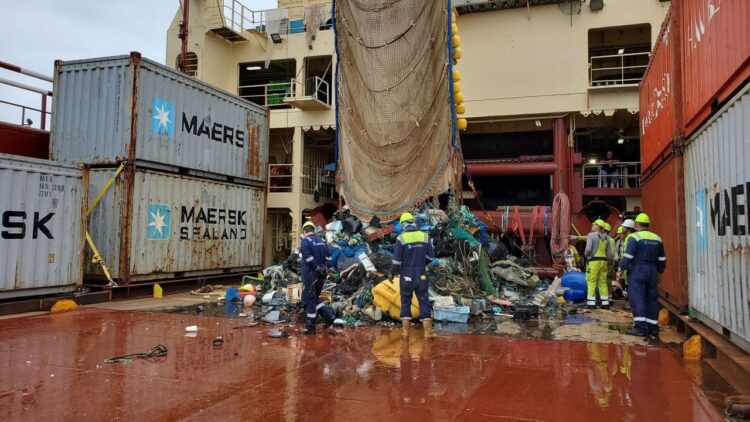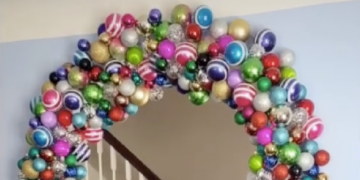If it wasn’t already blindingly obvious , our planet is experiencing an unprecedented pollution crisis . While emissions have been going up since the Industrial Revolution, recent decades have seen more and more disposable, single-use trash that gets thrown away and takes forever to biodegrade.
While the trend is worrying, there are some hopeful signs: namely the groups that are doing everything they can to clean up our oceans and waterways.
The oceans are full of garbage.

The Great Pacific Garbage Patch has been part of the public’s consciousness for a few years now, but it’s hardly the only swirling mass of garbage that you’ll find in the ocean. The main culprit when it comes to these swathes of trash is single-use plastics.
A nonprofit way has found a way to corral all of that trash.

The Ocean Cleanup , a nonprofit engineering environmental organization, was founded in the Netherlands in 2013. The group has been working on technology that can not just remove trash from the oceans, but also technology that can stop trash from reaching the oceans in the first place.
They celebrated a significant milestone.

Using something known as System 002, or “Jenny,” the group has now removed more than 100,000 kilograms of garbage from the Great Pacific Garbage Patch. The system is still in its prototype phase, but the fact that it’s already cleaned up 100,000 kilos of trash seems to indicate that it’s working.
There’s still a long way to go.

A hundred thousand kilos is nothing to sneeze at, but it’s also just a drop in the bucket. According to a 2018 study , the Great Pacific Garbage Patch consists of 79 million kilograms of accumulated plastic. If you factor in the area surrounding the patch, that number balloons to 100 million kilograms.
It’s a fantastic start.
While there’s still a lot of garbage in the oceans, the promising work done by The Ocean Cleanup’s prototype shows us that there’s a way to clean it. If they can repeat what they’ve done a thousand times, the Great Pacific Garbage Patch will be no more.
The tech will only improve from here.
“Now [that] our technology is validated, we are ready to move on to our new and expanded System 03, which is expected to capture plastic at a rate potentially 10 times higher than System 002 through a combination of increased size, improved efficiency, and increased uptime,” wrote Boyan Slat, CEO and Founder of The Ocean Cleanup.
They’ve also stopped garbage from reaching the ocean in the first place.

While some oceanic garbage is dropped directly into the ocean, much of it comes from rivers and waterways much further inland. An earlier system from The Ocean Cleanup, known as the Interceptor Trashfence , is exactly that: a fence stretched across rivers that intercepts trash.
These fences can be deployed strategically along polluted rivers.

The fence was stretched across the Rio Motagua Basin, known as one of the most polluted rivers in the world. It should help cut down on the estimated 20,000 tons of plastic trash that flow through it every year.
It’s good to see some progress being made.

We got ourselves into this mess, and we’ll need to get ourselves out of it. Initiatives like The Ocean Cleanup along with others show us that there is hope for the future, so long as we can find creative solutions to our problems.
Let us know what you think of this story in the comments.



















































